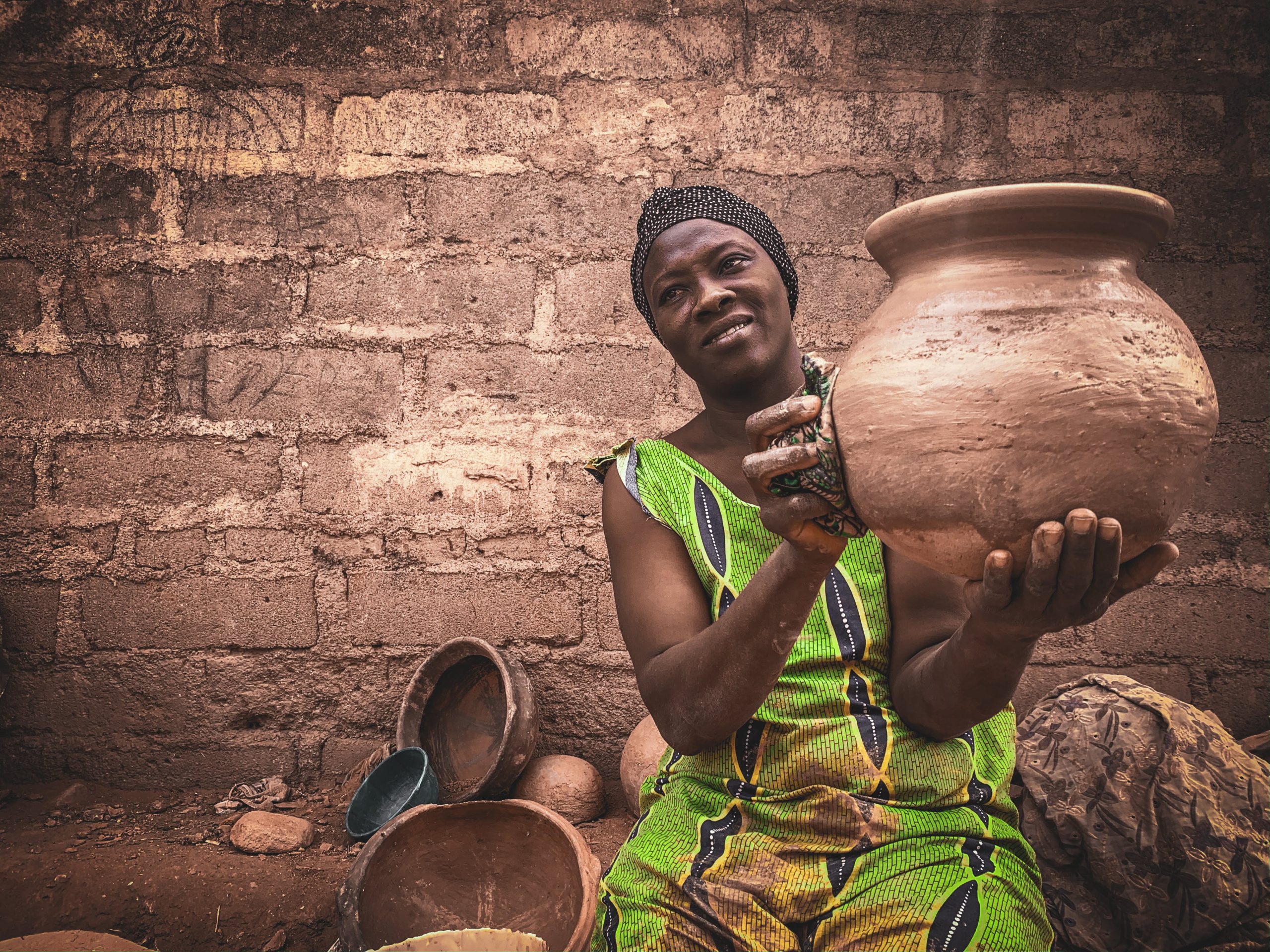No products in the cart.

Fostering Community and Solidarity through Humanitarian Service
Humanitarian service acts as a powerful force, knitting together the threads of diverse individuals into a fabric of community and solidarity. This sense of interconnectedness emerges from shared experiences, collective purpose, and the recognition of our shared humanity.
1. Shared Mission and Collective Purpose
Participating in humanitarian service aligns individuals with a shared mission – the betterment of the community and the alleviation of suffering. This common purpose creates a unifying force, binding volunteers and aid workers together with a sense of collective responsibility. Whether responding to a crisis or working on long-term development projects, the shared mission fosters a deep bond among those involved.
2. Inclusive Collaboration
Humanitarian service inherently requires collaboration among individuals from diverse backgrounds, cultures, and skill sets. Working side by side, whether in disaster response teams or community development projects, individuals learn to appreciate the unique contributions each person brings. This inclusive collaboration builds a sense of belonging and unity that transcends individual differences.
3. Mutual Support and Camaraderie
Facing the challenges inherent in humanitarian work creates a bond forged through mutual support and camaraderie. Whether it’s distributing aid in a disaster-stricken area or working on a long-term community project, individuals rely on each other for encouragement, assistance, and shared determination. This mutual support cultivates a sense of community akin to an extended family.
4. Celebration of Diversity
Humanitarian service exposes individuals to a multitude of perspectives, cultures, and ways of life. Instead of fostering division, this exposure often leads to a celebration of diversity within the group. Understanding and appreciating differences become integral to the fabric of the community, creating an environment where individuals learn from one another and grow collectively.
5. Empathy and Understanding
Engaging with the challenges faced by the community being served fosters a deep sense of empathy and understanding. As individuals witness the resilience of those facing adversity, a shared emotional experience emerges. This shared empathy becomes a binding agent that connects individuals on a profound level, creating a community characterized by compassion.
6. Long-Term Relationships
Humanitarian service often involves sustained engagement with a particular community or cause. Over time, these long-term relationships contribute to the development of a stable and enduring sense of community. Volunteers and aid workers become integral members of the communities they serve, fostering a sense of trust and belonging.
7. Crisis Response and Unity
During crises, the rapid response required in humanitarian service brings people together with a shared urgency. The collective effort to address immediate needs creates a powerful sense of unity and solidarity. Volunteers often find themselves part of a community that extends beyond geographical boundaries, as global networks unite in the face of shared challenges.
8. Capacity Building and Sustainable Development
Humanitarian service, particularly in the realm of sustainable development, involves empowering communities to become self-reliant. This empowerment fosters a sense of ownership and agency within the community, strengthening the bonds of solidarity. As communities grow in their capacity, the sense of shared achievement deepens.
9. Advocacy for Social Justice
Many humanitarian initiatives involve advocacy for social justice and addressing systemic issues. This advocacy creates a shared commitment to creating a more just and equitable society. Working together towards these larger goals strengthens the sense of community and solidarity, as individuals unite against common injustices.
10. Continuity Through Succession
The sense of community and solidarity fostered through humanitarian service often extends beyond individual engagements. Many volunteers and aid workers, inspired by their experiences, become advocates and mentors for future generations. This continuity ensures that the values of community and solidarity persist and evolve.
In conclusion, humanitarian service is a dynamic force that weaves individuals together into a tapestry of community and solidarity. The shared mission, inclusive collaboration, mutual support, celebration of diversity, empathy, long-term relationships, crisis response, capacity building, advocacy for social justice, and continuity through succession collectively contribute to the creation of communities that transcend the immediate circumstances of their formation. These communities, forged in the crucible of humanitarian service, embody the strength of unity, the richness of diversity, and the enduring spirit of collective purpose.


